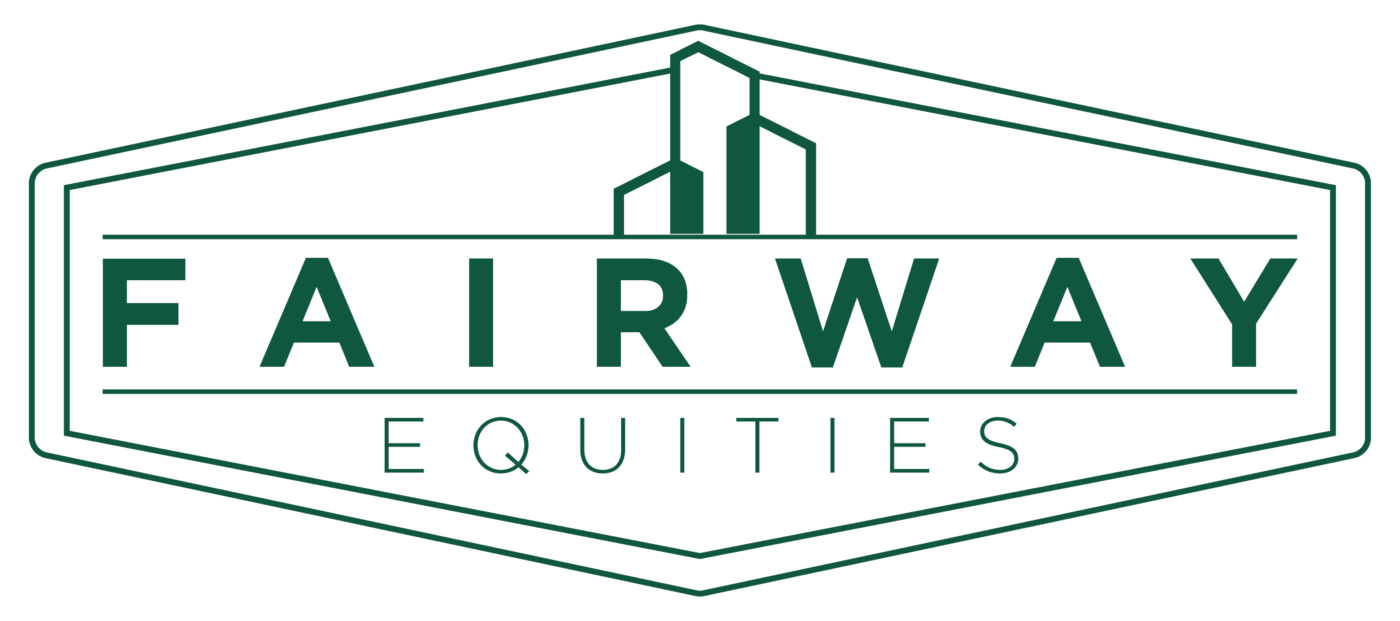Understanding The Basics
of Value-Add Investment in Multifamily
In the realm of single-family homes, value-add is akin to the fix-and-flip approach. The process involves acquiring a dilapidated property, reimagining its potential, investing in rehabilitation, and ultimately selling it at a profit. This strategy applies on a grander scale in the multifamily sector.
Rather than renovating a single unit, value-add in multifamily involves the transformation of hundreds of units over an extended period. These properties often exhibit signs of neglect, such as peeling paint on building exteriors, old roofs, outdated kitchens, and more. Cosmetic upgrades and curing deferred maintenance not only enhance the community but also elevate the property’s income potential.
Goals of Value-Add Improvements
Value-add renovations encompass various aspects, including individual unit upgrades such as fresh paint, new cabinets, countertops, appliances, flooring, and upgraded fixtures. Exterior and shared space improvements contribute to a sense of community, including fresh paint on exteriors, new signage, landscaping, recreational areas, and shared amenities.
Operations and management focused enhancements, such as low flow toilets or new windows to reduce utility costs, employing technology into leasing and maintenance requests, and reducing expenses, further contribute to the property’s overall value.
Navigating the Logistics of Multifamily Value-Add
While the single-family fix-and-flip model is familiar, the logistics of renovating hundreds of units simultaneously require a different approach. Initiating renovations in vacant units and adopting a rolling schedule for the majority of units over eighteen months ensures a seamless process. Tenants are offered upgraded units as their leases expire, avoiding displacements. Some turnover is expected, and temporary increases in vacancy rates are factored into the business plan. Potential challenges include achieving target rents, unexpected tenant turnover, delays in renovations, and exceeding budget estimates.
The Win-Win of Value-Add Investments
Successful value-add strategies result in a win-win scenario. Tenants benefit from improved living spaces, while investors capitalize on increased property equity through rent increases and lower expenses.
Why We Focus on Investing in Value-Add Multifamily Properties
Investing in value-add multifamily properties offers investors a unique advantage: we control the game. Instead of merely banking on market appreciation, we actively shape the outcome by enhancing the property and forcing appreciation. Whether through renovations or strategic improvements, we have the power to amplify its value. This proactive approach not only boosts rental income but also bolsters our equity stake. Unlike single-family homes, where values rely on sales comparisons, commercial properties derive their worth from income potential. Thus, our ability to enhance this income stream directly impacts the property’s valuation and our returns.
Despite inherent risks, value-add investments offer substantial benefits to investors and communities. Leveraging investor capital for improvements enhances living environments, providing safer and cleaner spaces for tenants. The ability to control renovation execution adds flexibility, mitigating risks and maximizing returns. Ultimately, value-add investments stand out as a true win-win, making them a preferred choice for many investors.

